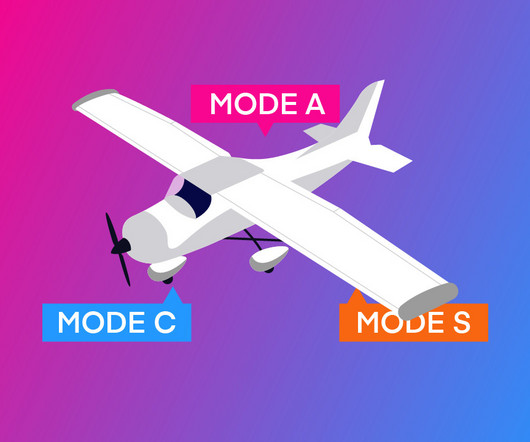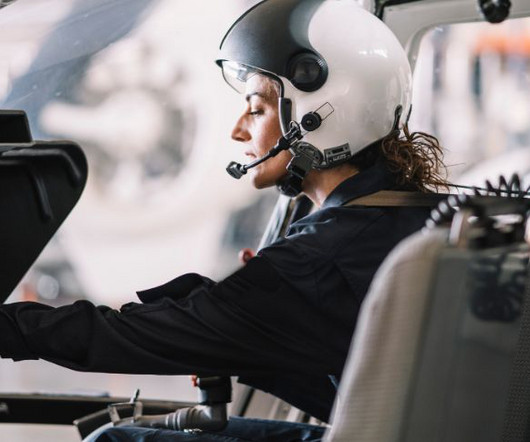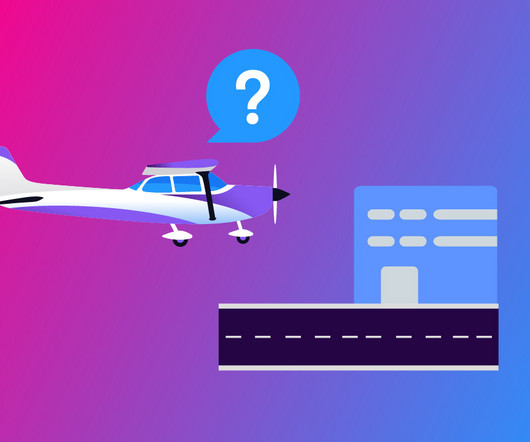FAA Transponder Requirements Explained
Pilot Institute
DECEMBER 27, 2024
The code is manually set by the pilot using a selector switch in the cockpit. Heres a breakdown: Class A, B, and C airspace: All aircraft must be equipped with an operable Mode C transponder. It was developed in the 1940s and transmits a four-digit code to ATC radar systems.










Let's personalize your content